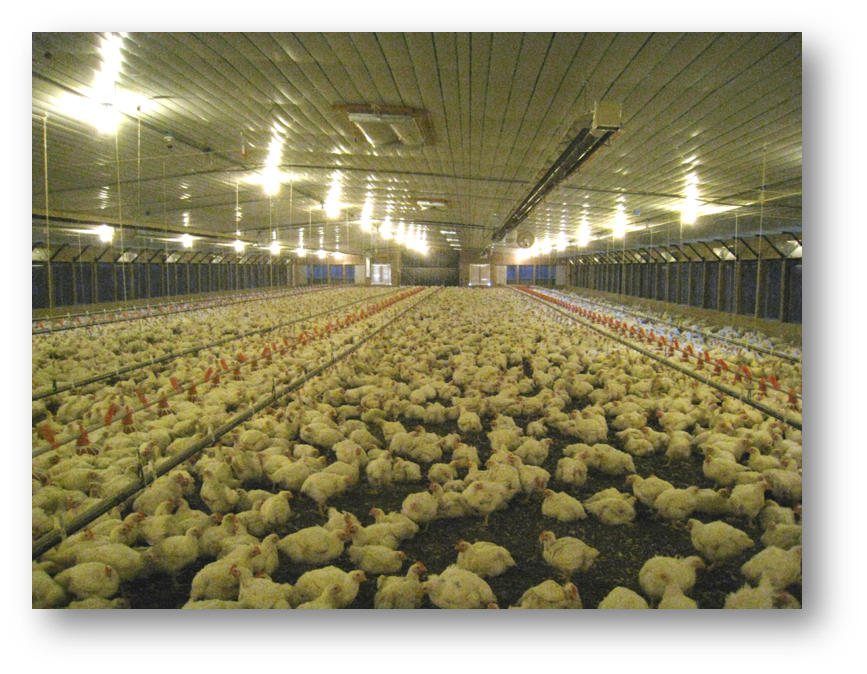Earlier this year (June 29, 2023) I wrote an article about U.S. whiskey exports rising even as agricultural exports declined overall.[1] The main point of that article was that whiskey sales to foreign markets have been continually increasing, in terms of both volume and value, and that the European Union (EU) stood out as a major destination, accounting for a large share of this recent rise. Currently, the EU accounts for over 50% of total U.S. whiskey exports (Figure 1).[2] This could have all been wiped away due to the lingering effects of the trade war.
Between June 2018 and January 2022, the EU imposed a 25% retaliatory tariff on American whiskey in response to the tariffs the Trump Administration imposed on foreign steel and aluminum. Consequently, U.S. whiskey exports to the EU decreased by over 30% between 2018 and 2020 (from $552 million to $368 million). The Biden Administration was able to negotiate a temporary tariff suspension starting in January 2022. Whiskey sales to the EU increased to $565 million that year and are expected to reach nearly a billion dollars by the end of 2023 (USDA, 2023) (Figure 1). The tariff suspension was set to expire this December, and as of January 2024 the EU would have imposed a 50% tariff on imports of U.S. whiskey if the suspension deadline was not extended. Fortunately, on December 19, 2023, the Biden Administration was able to secure an extended suspension of the retaliatory tariffs until March 31, 2025 (DISCUS, 2023).
This pending 50% tariff raised questions about its potential impact on U.S. whiskey sales to the EU. This question is now academic since the tariff reprieve was extended last week. It is important to note that whiskey is the leading U.S. distilled spirits export, accounting for more than two thirds of all distilled spirits sales to foreign markets in 2022 and 2023. Thus, any decline in whisky exports will have had a significant impact on the U.S. distilled spirits sector overall. If the 25% tariff experience is an indication how the EU market would have responded to an even higher tariff, it is safe to say that U.S. distilled spirits sector dodged a major bullet. Hopefully, all of this will get resolved before March 31, 2025.
Figure 1. U.S. Whiskey Exports to the EU and World: 2018-2023

Source: USDA (2023)
References
Distilled Spirits Council of the United States (DISCUS). 2023. Statement on the U.S. and EU Agreement to Extend the Suspension of EU Tariffs on American Whiskey until March 31, 2025
U.S. Department of Agriculture (USDA). 2023. Global Agricultural Trade System (GATS). Foreign Agricultural Service, Washington, DC.
[1] Whiskey is the generic term that includes whiskey of all types (e.g., malt, corn, rye) and bourbon.
[2] The EU-27 countries are Austria, Belgium, Bulgaria, Croatia, Republic of Cyprus, Czech Republic, Denmark, Estonia, Finland, France, Germany, Greece, Hungary, Ireland, Italy, Latvia, Lithuania, Luxembourg, Malta, Netherlands, Poland, Portugal, Romania, Slovakia, Slovenia, Spain and Sweden.
Photo by ELEVATE: https://www.pexels.com/photo/brown-wooden-barrel-inline-inside-room-1267311/
Muhammad, Andrew. “American Whiskey Gets Extended Tariff Reprieve in the EU…Just Weeks Before the Deadline.” Southern Ag Today 3(52.4). December 28, 2023. Permalink











